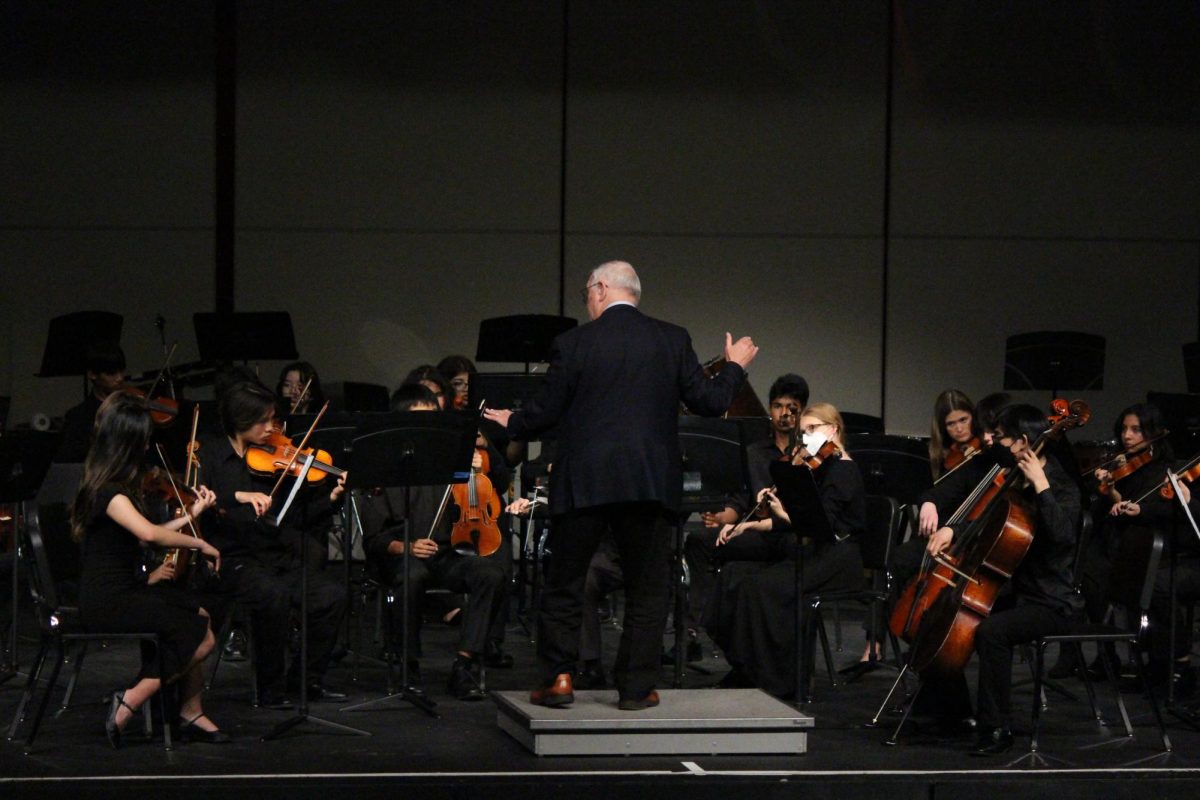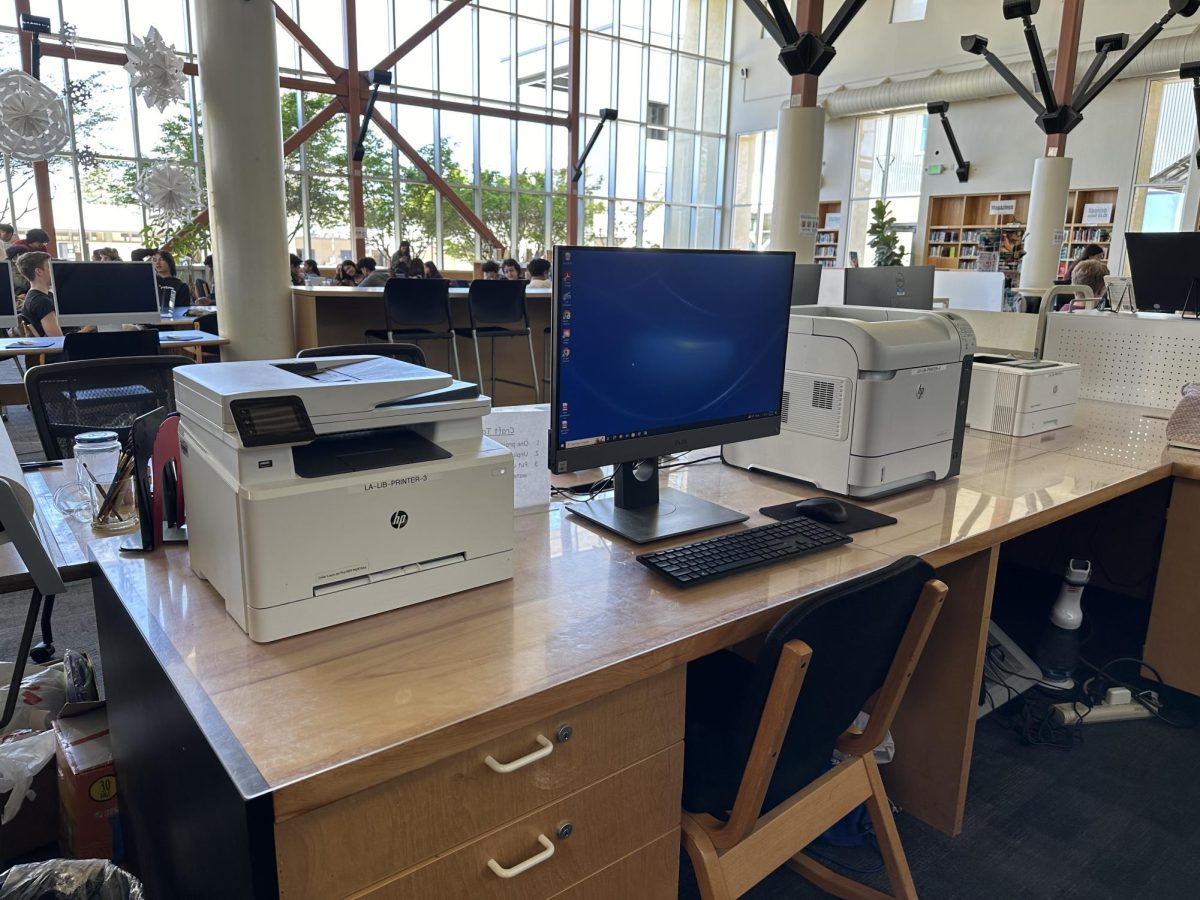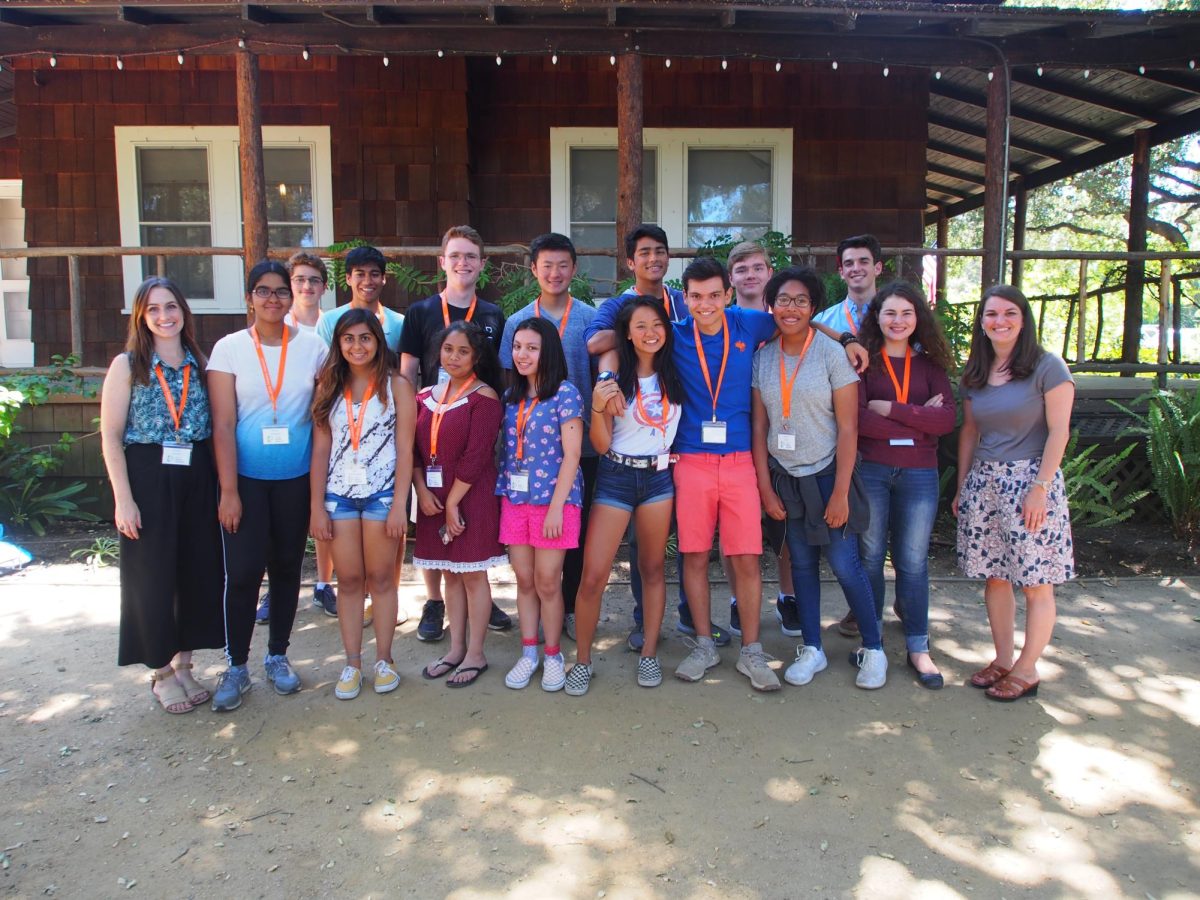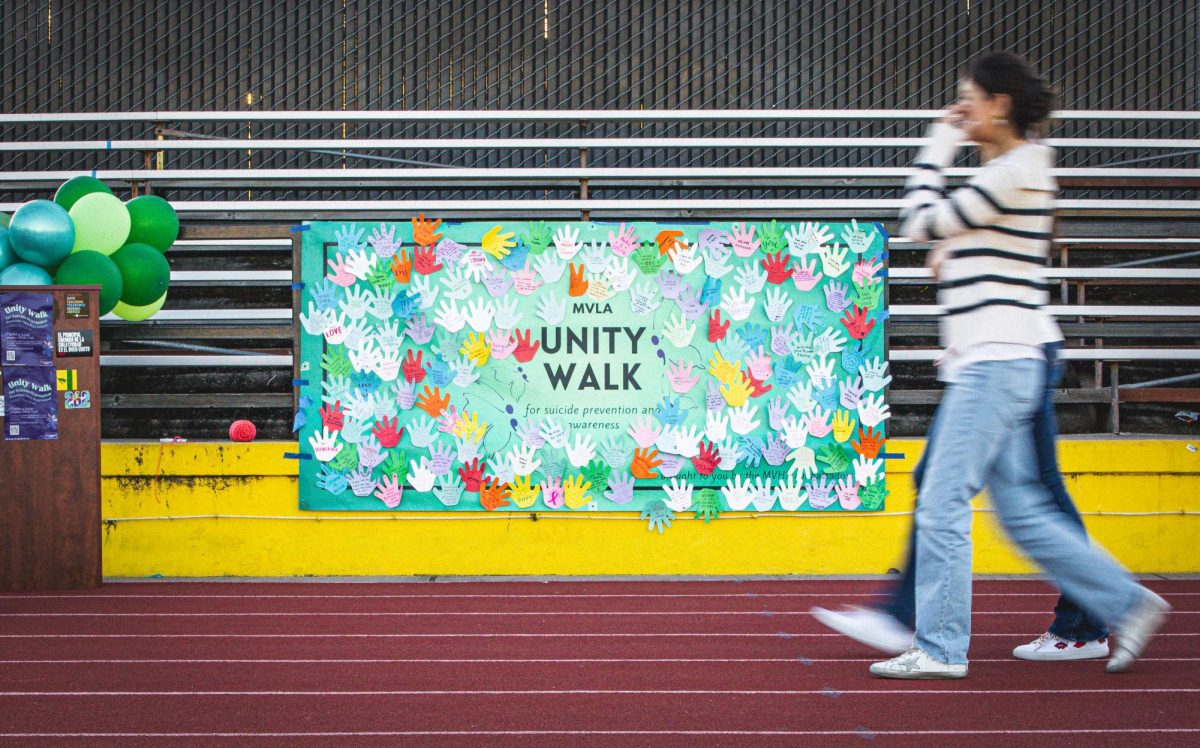Starting next year, the school will be changing its current AP Physics B course in favor of replacing it with two separate full-year AP physics courses, “AP Physics 1” and “AP Physics 12,” as named by AP Physics C teacher Adam Randall, who will potentially teach one or both of the courses next year.
The decision to split the course comes in light of a recent change by the College Board. The call for change arose when the results of an in-depth study conducted by the National Research Council (NRC), concluded that AP Physics B is a very broad course that “encourages cursory treatment of important topics in physics” rather than cultivating a “deeper understanding of key foundational principles.” As such, the AP Physics 1 and 2 courses were created with the intention of cultivating a more in-depth understanding of the topics covered in the AP Physics B course by spreading the course material over two years of instruction, with AP Physics 1 covering AP Physics B’s first semester content and AP Physics 2 covering AP Physics B’s second semester content. A new curriculum framework was also developed for the two courses by the AP program, and will be “organized around seven foundational big ideas in physics that structure the courses,” according to College Board.
“The College Board isn’t in the mix at all,” Randall said. “On their website, it says if your student population is able to handle both of these AP physics courses in a year, then go ahead and give it to them. We’re a unique population of exceptionally motivated and interested student[s]… so we think there’s going to be a population of students that can successfully handle AP Physics 1 and 2 and then a general population who want just a taste of physics, [which] will serve them very well. That’s my proposal and Ms. Davis’ proposal; its our coordinator, Greg Stoehr’s proposal and Mrs. Satterwhite is on board with it. There’s never going to be an offer for AP Physics 2; the second AP course will never be a stand-alone course.”
According to Randall, the AP Physics 1 course will offer students a host of benefits because it gives them a full year to study physics topics currently only allotted a semester of time to learn. The class will serve a variety of students well, not only offering those interested in the sciences a solid understanding of the subject matter, but also students hesitant to take an AP physics class enough time to learn the content.
“What we’re going to offer…is this AP Physics 1 course, which is a much kinder and gentler course…[with] less content than I currently teach in my physics classes,” Randall said. “It’s much less content, which is better because it allows me to have week-long labs, so it’s more out of seat time and more experiential learning…There’s no need to hurry. I’m going to be able to revisit, cycle through, re-examine, reteach and re-experience [topics] and students will be able to look at different things in different ways and get a holistic feel for how mathematics and physics work.”
AP Physics 12, meanwhile, will be a course designated for students looking for a more mathematically-challenging physics course. The class will retain the same course material as the current AP Physics B class, but aims to incorporate some aspects of the AP Physics 1 course, such as longer labs and more experiential learning, in order to foster a deeper understanding of the topics taught.
“It’s the same topics [as AP Physics B], but Ms. Davis and I are committed to transitioning away from the memorization that is required in the AP Physics B course and teaching through experience, through experiential labs,” Randall said. “A big part of what [College Board] is asking me to do is to have students build models of reality in mathematics, test the model of reality in the lab and then meld the two. There will be a learning curve in the beginning, but then, really, after the first quarter or so, students should be more proficient at the experimental set up and making models of reality with mathematics and then testing the models in the labs and figuring out where the model breaks down or where the model can be changed.”
Though there is basically no doubt that there will be an AP Physics 1 and 12 course next year, the logistics surrounding the courses such as how many periods of the classes will be taught, what lab equipment will become necessary and what teachers will teach them have yet to be finalized.
“That kind of thing doesn’t happen until we know how many students are enrolled in classes, and we know who’s going to be teaching what math classes what periods and how music and art fit together,” Randall said. “The master schedule is a very organic thing, so at some time we’ll know, but right now we don’t know.”
Regarding administration and district-level planning for the implementation of the courses, there is also work to be done. Some of this work includes aligning the classes with Mountain View High School.
“We have to refine [plans for the courses] and coordinate it with our sister school [Mountain View High School],” Assistant Principal Perla Pasallo said. “We take it to our leadership team here first, which is administration and all of the [department coordinators]…then Ms. Satterwhite goes to the school board meetings with all of the presidents, she talks about it there, then we bring it [back] to leadership, and we talk about what are we going to do. Then I submit our courses to College Board and the UCs and define them.”
Though much has yet to be planned, the general consensus is that the College Board’s decision to split AP Physics B into two courses was a good one.
“It’s a really great split to me,” Randall said. “It makes a lot of sense, the way they’ve done it. I think the positives are that we are going to be teaching through doing, [having] more lab based experiences and actually preparing students to get out of college [by] giving them the skills necessary to get out in four years. It really will be preparing them well. We’re providing a world class opportunity.”
More specifics about the new AP Physics 1 and 2 courses and their respective AP exams can be found via the new curriculum framework developed by the AP Program here: media.collegeboard.com/digitalServices/pdf/ap/ap-course-exam-descriptions/ap-physics-1-and-ap-physics-2-course-and-exam-description.pdf.








